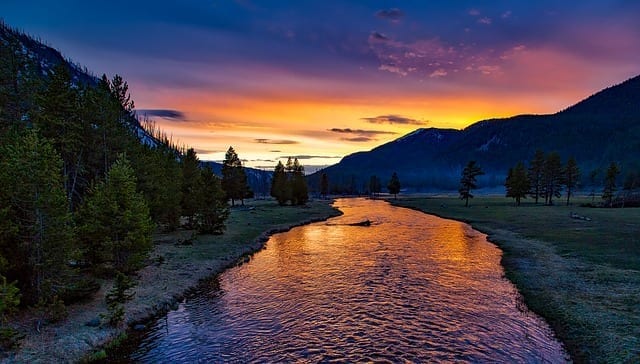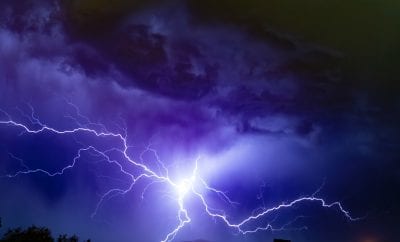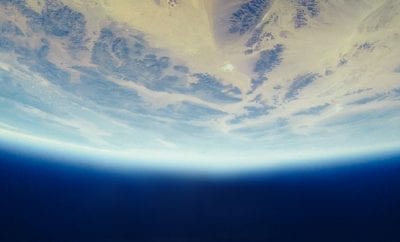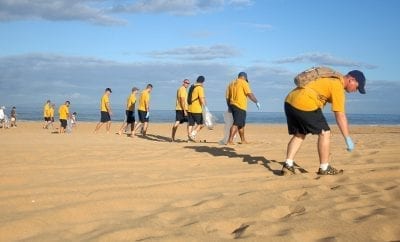
Lifestyle
National Parks in Peril
In our modern age, humans have caused considerable disruption to our climate and environment, which has taken a heavy toll on our national parks. Currently, over 25 national parks are facing dire risks that are thought to be caused by human-caused climate change. Loss of ice, snow, and water are some of the most obvious impacts of said climate change in our national parks, but there are many other vulnerabilities they face. This may beg the question of why should we focus on the impacts of global warming on national parks? The answer to that is the purpose of our parks is to preserve and protect the very best of our natural environment, so that they may be enjoyed for many future generations.
The altered climate has been a driving force is the reduction of local plant communities in our national park. This includes the destruction of mountain forests, tundra, meadows, wildflowers, and even desert ecosystems. Saguaro National Park is one that stands to potentially see their famous saguaro cacti become completely eliminated in the near future. The same goes for Joshua trees in Joshua Tree National Park. A loss of wildlife is another factor that is heavily affected by climate change. Already, there has been a steep drop-off in grizzly bears in Yellowstone and Grand Teton national parks. Other parks have seen a high death rate of other important predatory animals, including the lynx, mountain lion, and Florida panthers, all of which play important roles in maintaining the a healthy ecological balance.
 In the Western hemisphere of the United States, climate change is also affecting water availability at national parks, especially in the summer. At this time, water is even more so a necessity for the local wildlife, plants, and entire ecosystems. These drier national parks are becoming worse off, with less and less precipitation falling each year. With the increase in temperature, droughts become more common, and last longer. Parks that have been hit hard with these droughts include Zion national park, the Grand Canyon, and Capitol Reef Canyonlands.
In the Western hemisphere of the United States, climate change is also affecting water availability at national parks, especially in the summer. At this time, water is even more so a necessity for the local wildlife, plants, and entire ecosystems. These drier national parks are becoming worse off, with less and less precipitation falling each year. With the increase in temperature, droughts become more common, and last longer. Parks that have been hit hard with these droughts include Zion national park, the Grand Canyon, and Capitol Reef Canyonlands.
On the opposite spectrum, some parks are experiencing a rapid loss of glacial ice and a decrease in snowfall. North Cascades national park in Washington has 312 glaciers, and makes up about half of all glaciers in the contiguous United States. Since 2005, every single glacier has been in retreat, with some of them losing anywhere from 20-40 percent of their mass since 1984. Yosemite national park has also seen a large amount of its glaciers melting, threatening the native bull trout, a fish that is crucial for food for mammals.
So what can be done to save our precious national parks from the obscene destruction they have faced for so many years? Well, there are a number of recommendations that have been set forth by the Natural Resources Defense Council. The National Park Service (NPS) should continue to set aside new national parks in order to preserve Americas natural resources. A greater effort must be made by state and local governments to increase preservation efforts beyond park boundaries in order to help ecosystems adapt to changing climates. In terms of reducing climate change in our parks, the NPS should a Clean Air Act, to best protect the air quality in these areas.
So what can you do? The best impact you can have is to treat our national parks with respect and care if you choose to explore them. Throw away any trash, use safe and environmentally friendly cooking techniques in your camps, treat the wildlife with respect. You can also call your local state representative, and ask them what they are doing to protect our national parks, and tell them the importance of doing so. These incredible areas of raw nature will only remain a true wonder to us if we begin to treat them with the respect and care they deserve to receive.





1 Comment